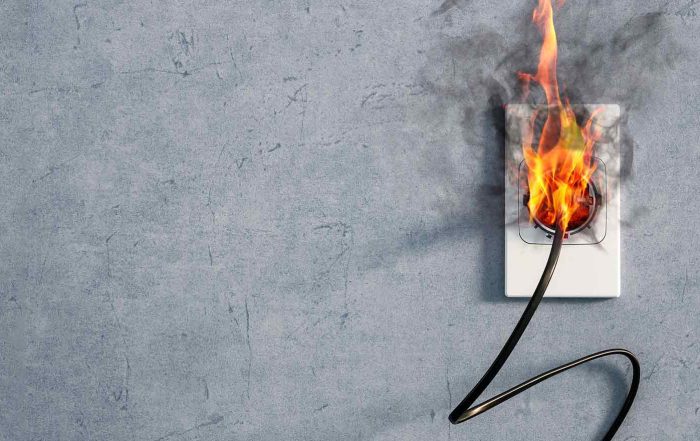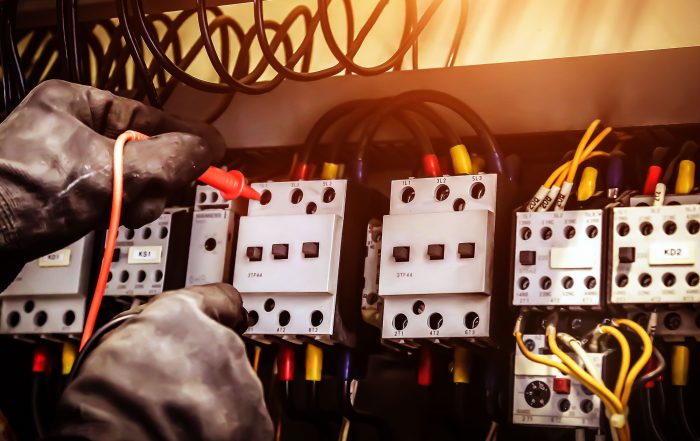NBN Fibre and Fixed Wireless
What You Need To Know When Upgrading Your Network
The National Broadband Network (NBN) is here! If you aren’t already connected, NBN Co will notify you by mail when your area is ready to be connected. Once it arrives in your area, you have up to 18 months to switch your landline phone and internet services over, and any service that you do not move to the NBN will get disconnected.
If you don’t want to go without internet (which we assume you don’t), you’ll want to contact your preferred service provider to see what plans are available and find the best options for upgrading.
Depending on where you live, there are two main types of connections to the network; Fibre and Fixed Wireless.
In this post, we’ll go through these different connection types, how they’re different, and what their benefits are.
Fixed Wireless
With Fixed Wireless Connections, NBN Co runs wire to a transmission tower, then uses an antenna to broadcast the broadband connection to your house. Fixed Wireless connections are being offered in regional areas that would be more expensive to lay down fibre.
NBN Fixed Wireless connections transmit data using radio signals. Transmission towers or base stations communicate “over the air” with equipment located inside and outside your home. With data being transmitted by radio signals, it is important that there is a clear “line of sight” from the tower to your equipment.
Fixed wireless is often associated with WIFI or mobile connectivity, however, they are not the same. A benefit that Fixed Wireless has over your usual mobile data connection is the ability to offer more reliable speeds because of its consistent bandwidth.
NBN Fibre
A Fibre NBN connection, also known as a Fixed Line, uses fibre optic cable technology. The Fibre optic cable is composed of glass and uses light to transmit data much faster than the traditional copper network.
Keep in mind that the NBN network will replace the existing copper network (even though many areas will still use the existing copper wiring). The copper network will be disconnected 18 months after an area becomes NBN ready.
To overcome cost issues, NBN Co has decided to use a mix of different fibre connection types. The type of connection you’ll receive will depend on your area.
Here are the different types of NBN Fibre connections:
- Fibre to the premises (FTTP): The best connection type available as it offers the fastest speeds. With FTTP, high-speed fibre optics are connected directly to your house.
- Fibre to the node (FTTN): Fibre to the node is the default NBN connection for many areas. High-speed fibre optic cables are run to a box at a central location (a node) and then connected to your house via the existing copper wire used in the old copper network. The copper wire connecting your home to the node will result in a drop in performance the further away the node is.
- Fibre to the building (FTTB): This type of fibre connection is for apartments and other divided houses. Fibre optic cables are run to a box in your building’s basement. Copper wires then carry the signal from the box to each apartment.
- Hybrid-fibre coaxial (HFC): This type of fibre connection is similar to FTTN. The main difference is the use of pay-tv cables to complete the connection rather than new fibre cabling.
NBN Fibre offers many advantages compared to other connection types. Some of the main benefits include:
- The ability to support high bandwidth.
- Resistance to ground currents and noise that can interrupt signals
- Ability to transmit data over long distances without loss of quality.
Differences Between Fibre And Fixed Wireless
There are some key fundamental differences between NBN Fibre and Fixed Wireless connections. While you may not be able to choose the type of NBN connection available in your area, it is important to understand the service you will be upgrading to.
Here are the main differences between NBN Fibre and Fixed Wireless connections:
- NBN Fibre uses fibre optic technology and offers Premium speeds. Fixes Wireless uses radio signals and offers Standard speeds.
- NBN Co will notify you which technology will be available in your area. Fibre is likely going to be the technology of choice in more areas than Fixed Wireless.
- Fixed Wireless needs a clear line of sight to work properly. To work without issue, the area between your house and the transmission tower needs to be free of obstructions.
Where To Go For A Home Network Upgrade
No matter what kind of NBN connection you’ll receive, Faraday Group has you covered. All our wiring solutions, fibre optic backbones, and cabling installations are tested to the highest standards.
We are approved to handle NBN wiring for your home and can handle all types of in-home cabling. We also provide network audits using the latest technology to test your home and find any improvements that can be made.
Contact us today to get a quote and ensure your network has the fastest speeds.



